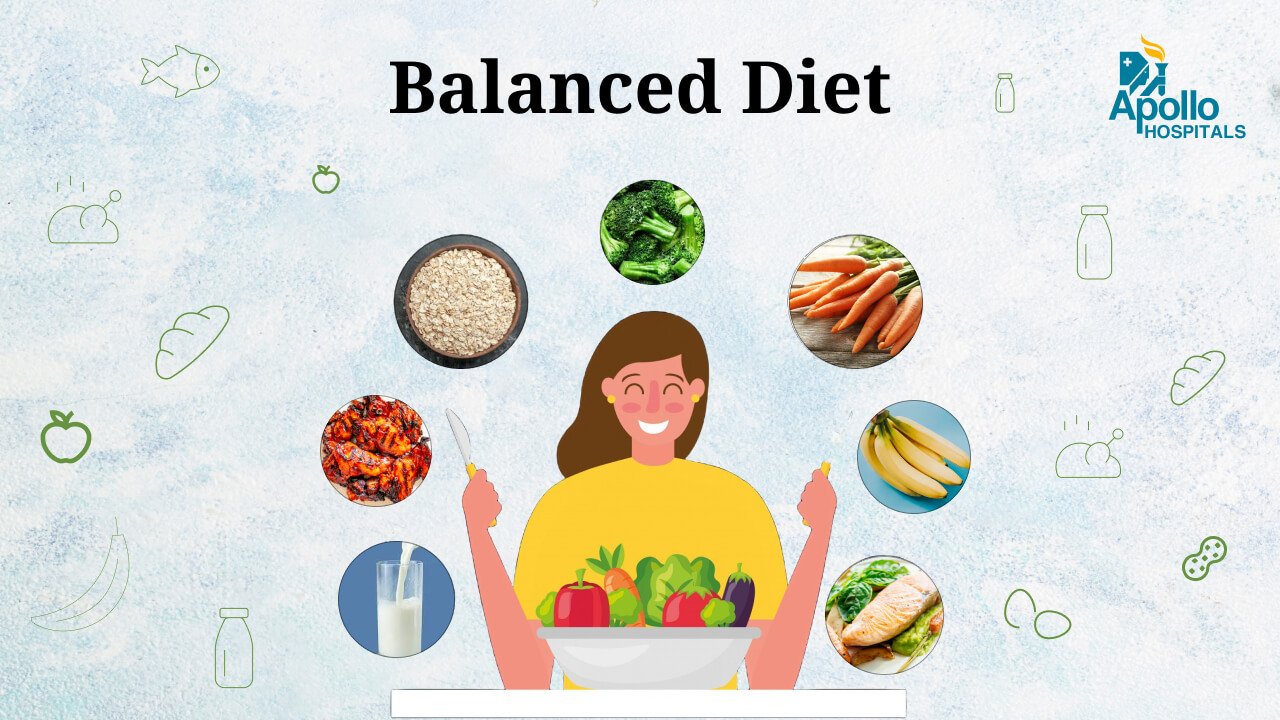The Essential Role of Fruits and Vegetables in a Healthy Diet
Fruits and vegetables are foundational components of a healthy diet, supplying a rich array of essential nutrients crucial for myriad bodily functions and robust disease prevention. These natural powerhouses are replete with vitamins, minerals, fiber, and antioxidants, all contributing significantly to overall well-being. From a botanical perspective, fruits are typically defined as the sweet, fleshy parts of a plant that contain seeds, while vegetables generally refer to other edible plant parts such as leaves, stems, or roots Britannica – What’s the Difference Between a Fruit and a Vegetable?. However, this distinction can often be a source of confusion in everyday culinary practices. For example, botanically speaking, tomatoes, cucumbers, and avocados are classified as fruits because they develop from the flower’s ovary and contain seeds, yet they are almost universally treated as vegetables in cooking due to their savory profiles and usage in main dishes Britannica – What’s the Difference Between a Fruit and a Vegetable?.
Nutritional Powerhouses A Deeper Dive into Benefits
Beyond their basic definitions, the true value of fruits and vegetables lies in their diverse nutritional profiles. They are packed with a spectrum of vitamins, including Vitamin C for immune support and skin health, Vitamin A (from beta-carotene) crucial for vision and cell growth, and various B vitamins vital for energy metabolism. Minerals like potassium, essential for maintaining healthy blood pressure, and magnesium, important for muscle and nerve function, are also abundant. The fiber content in fruits and vegetables is particularly noteworthy, playing a critical role in promoting digestive health by aiding regular bowel movements and supporting a healthy gut microbiome. Furthermore, the wealth of antioxidants, such as flavonoids and carotenoids, helps combat oxidative stress in the body, which can damage cells and contribute to chronic diseases.
Meeting Daily Recommendations for Optimal Health
Consuming a diverse range of fruits and vegetables is not just beneficial; it’s crucial for long-term health. The U.S. Department of Agriculture (USDA) provides clear guidelines, generally recommending that adults consume approximately 2 cups of fruit and 2 ½ cups of vegetables daily MyPlate.gov (USDA) – Fruits. It’s important to recognize that these specific needs can vary based on individual factors such as age, sex, and activity level. For instance, highly active individuals or those with specific dietary needs might require slightly higher intakes. Adhering to these recommended intakes is a cornerstone for supporting a robust immune system, fostering healthy digestion, and significantly reducing the risk of developing chronic diseases such as heart disease, type 2 diabetes, and certain types of cancer CDC – Fruits and Vegetables More Matters. The fiber found abundantly in fruits and vegetables is especially beneficial for gut health and can be a powerful ally in weight management by promoting feelings of fullness and satiety, which can prevent overeating Harvard T.H. Chan School of Public Health – Vegetables and Fruits.
Embracing the Eat the Rainbow Approach
The adage “eat the rainbow” is more than just a colorful suggestion; it’s a scientifically backed dietary strategy. Different colors in fruits and vegetables often indicate the presence of different beneficial compounds, or phytonutrients, each offering unique health advantages American Heart Association – Add Color to Your Diet.
* **Red Fruits and Vegetables:** Think tomatoes, watermelon, red bell peppers, and strawberries. These are rich in lycopene, a powerful antioxidant known for its potential role in heart health and reducing the risk of certain cancers, particularly prostate cancer. Anthocyanins also give red fruits like raspberries and cherries their vibrant hue and potent antioxidant properties.
* **Orange and Yellow Fruits and Vegetables:** Carrots, sweet potatoes, mangoes, and corn are excellent sources of beta-carotene, which the body converts into Vitamin A, essential for vision and immune function. Citrus fruits like oranges and lemons are renowned for their high Vitamin C content, vital for collagen formation and immune defense.
* **Green Fruits and Vegetables:** Leafy greens like spinach, kale, and broccoli, along with avocados and green apples, are packed with a variety of nutrients. These include Vitamin K for blood clotting and bone health, folate (a B vitamin) crucial for cell growth, and antioxidants like lutein and zeaxanthin, which support eye health.
* **Blue and Purple Fruits and Vegetables:** Blueberries, blackberries, purple cabbage, and eggplants owe their deep hues to anthocyanins. These potent antioxidants are linked to improved brain function, heart health, and anti-inflammatory effects.
By consciously incorporating a variety of colors into your daily meals, you ensure a broader intake of essential vitamins, minerals, and phytonutrients, maximizing the health benefits derived from these natural foods. Making a colorful plate a regular practice is an excellent indicator of a nutrient-dense and health-promoting meal.
Practical Strategies for Increasing Intake
Incorporating more fruits and vegetables into your diet doesn’t have to be complicated. Simple shifts can make a significant difference. Start your day with a fruit-filled smoothie or add berries to your oatmeal. For lunch, pile extra veggies onto your sandwich or opt for a substantial salad. Dinner can be easily boosted by adding a side of steamed vegetables, incorporating finely chopped vegetables into sauces or casseroles, or making vegetable-based stir-fries. Keep fresh fruit readily available for healthy snacking, and consider frozen fruits and vegetables as convenient and equally nutritious alternatives, especially when fresh produce is out of season. By integrating these vibrant foods throughout your day, you can effortlessly meet recommended guidelines and pave the way for a healthier, more energized life.
Sources
- American Heart Association – Add Color to Your Diet
- Britannica – What’s the Difference Between a Fruit and a Vegetable?
- CDC – Fruits and Vegetables More Matters
- Harvard T.H. Chan School of Public Health – Vegetables and Fruits
- MyPlate.gov (USDA) – Fruits
Fruits and vegetables are far more than meal additions—they are vital building blocks of health, delivering essential nutrients, fiber, and powerful antioxidants. By following daily intake recommendations and embracing the “eat the rainbow” approach, individuals can strengthen immunity, improve digestion, and lower chronic disease risk. Simple, consistent dietary choices that prioritize variety and color not only fuel the body but also support long-term vitality and well-being.

